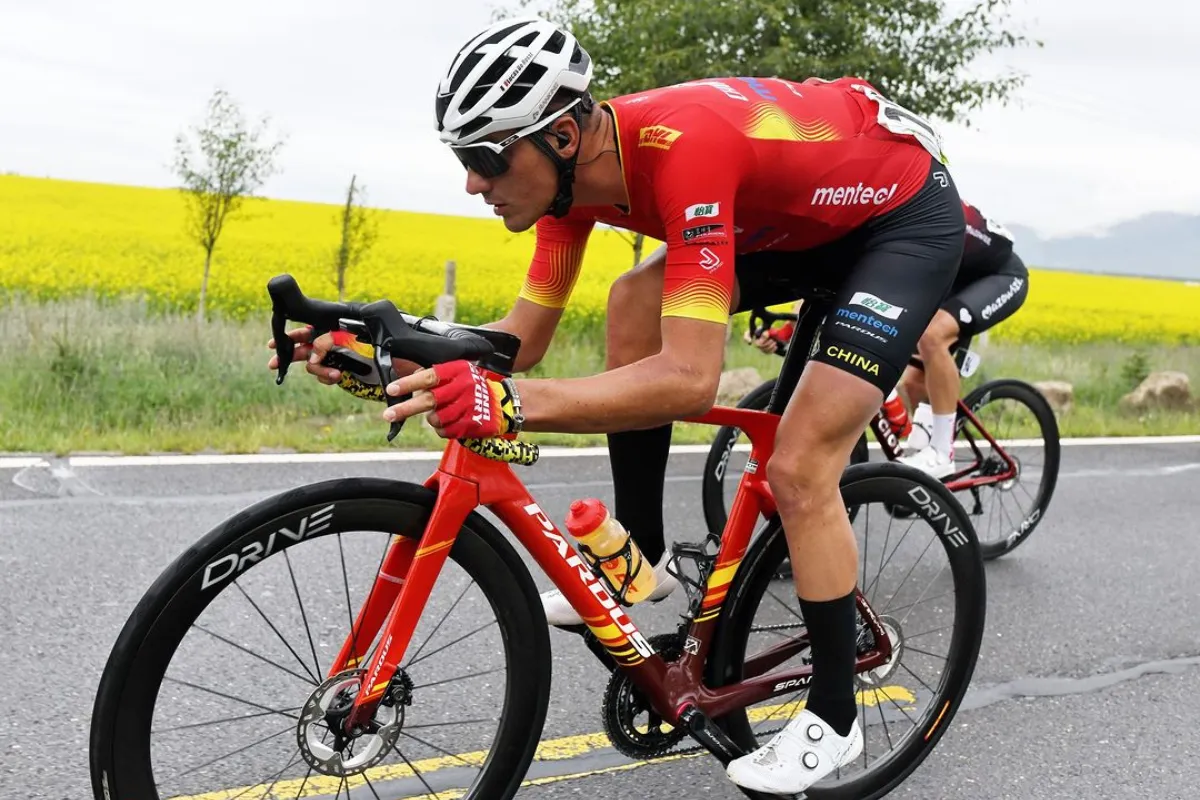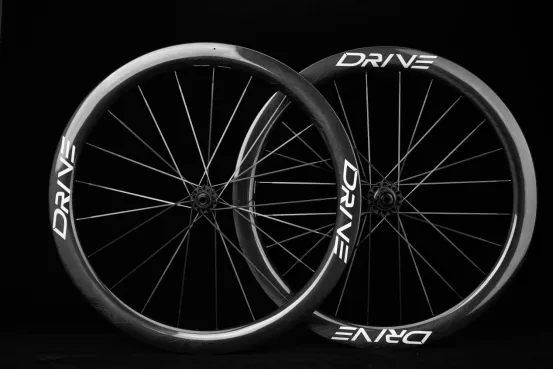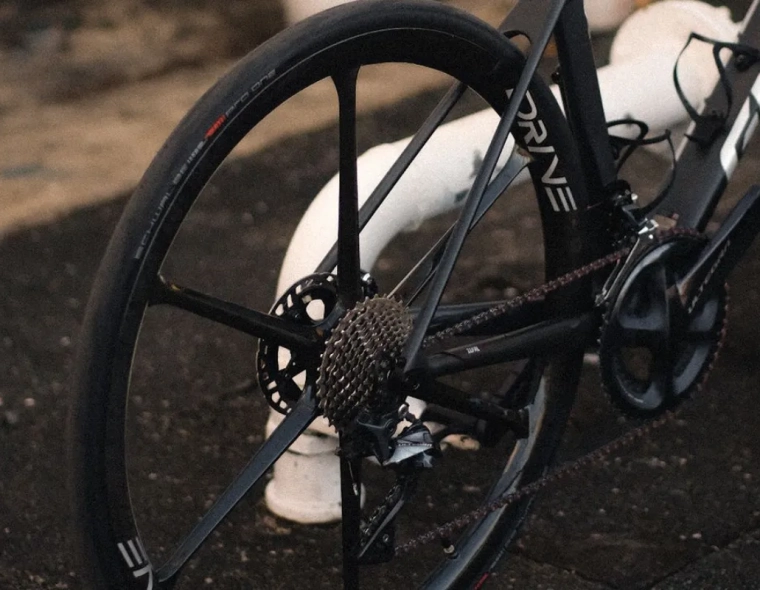Cycling is a sport of precision, endurance, and strategy. Whether you’re a recreational rider or a competitive cyclist, understanding the critical statistics that influence your performance can make a substantial difference. This article will delve into the essential data every cyclist should know and provide strategies to leverage this data for improved performance.

Essential Riding Data You Should Pay Attention to
Speed
Speed is a fundamental metric in cycling. It represents how fast you’re traveling at any given time and is usually measured in kilometers per hour (kph) or miles per hour (mph). Tracking speed helps you gauge your performance over different terrains and conditions. Understand that while speed is important, it doesn’t tell the whole story. Measuring power is also important.
How to Improve Speed:
Interval Training: Incorporate high-intensity interval training (HIIT) sessions into your weekly routine. These sessions involve short bursts of maximum effort followed by periods of rest or low-intensity riding. This type of training can significantly increase your maximum speed and your average speed over time. Note that most of your training should be in zone 2, or talking pace.
Aerodynamics: Reduce drag by optimizing your riding position. This involves lowering your torso, tucking in your elbows, and positioning your head to minimize wind resistance. Additionally, investing in aerodynamic gear such as aero wheels, tight-fitting clothing, and streamlined bike components can help you go faster with the same amount of effort.

Strength Training: Enhance your leg strength with weightlifting exercises such as squats, lunges, and deadlifts. Stronger muscles can generate more power, helping you maintain higher speeds over longer distances.
Pacing: Learn to pace yourself properly during rides. This involves understanding your body’s limits and avoiding starting too fast, which can lead to burnout. Use your speed data to practice pacing strategies during training sessions. For pacing, a power meter can be a more effective tool, but at a price.
Distance
Distance measures how far you’ve ridden. It’s a straightforward metric but essential for setting training goals, planning routes, and tracking progress over time.
How to Adapt to Riding Distance:
Gradual Increases: Gradually increase your weekly mileage to avoid overtraining and injury. Follow the 10% rule, which suggests not increasing your total distance by more than 10% per week.
Endurance Training: Incorporate long, steady rides at a comfortable pace to build endurance. These rides should be significantly longer than your typical training sessions but at a lower intensity.
Nutrition and Hydration: Proper nutrition and hydration are crucial for long-distance cycling. Ensure you’re consuming enough carbohydrates, proteins, and fats to fuel your rides. Stay hydrated by drinking water and electrolyte-rich fluids before, during, and after your rides.
Bike Fit: Ensure your bike is properly fitted to your body. A comfortable bike fit can reduce fatigue and the risk of injury during long rides.
Cadence
Cadence refers to the number of pedal revolutions per minute (RPM). Optimal cadence varies by individual but generally falls between 70 and 100 RPM. Monitoring cadence helps in maintaining an efficient pedal stroke and reducing fatigue.
How to Improve Cadence:
Gear Selection: Use appropriate gears to maintain an efficient cadence, avoiding too high or too low RPMs. Shift gears to keep your cadence within your optimal range, even when terrain changes.
Drills: Practice single-leg drills to improve pedaling efficiency and balance. This involves unclipping one foot and pedaling with the other for a set duration, then switching legs.

Measurement: Use a metronome or a cycling computer that provides cadence feedback to maintain a steady rhythm during your rides. This can help you develop a consistent and efficient pedaling style.
Smooth Pedaling: Focus on making your pedal strokes as smooth as possible. Avoid mashing the pedals and strive for a circular motion, applying even force throughout the entire pedal stroke.
Heart Rate
Heart rate monitoring helps you understand how hard your body is working. By tracking your beats per minute (BPM), you can train within specific heart rate zones to improve endurance and cardiovascular health.
Using Heart Rate Zones:
Zone 1 (Recovery): Light intensity to promote recovery. Use this zone for warm-ups, cool-downs, and recovery rides.
Zone 2 (Endurance): Moderate intensity to build aerobic capacity. Most of your training should be in this zone, as it improves your ability to sustain long efforts.
Zone 3 (Tempo): Steady, sustainable pace to improve lactate threshold. Training in this zone increases your ability to ride at a higher intensity for extended periods.
Zone 4 (Threshold): High intensity to enhance VO2 max. This zone is used for shorter, more intense efforts that push your aerobic limits.
Zone 5 (Anaerobic): Maximum effort to increase anaerobic capacity. Use this zone for sprints and short, explosive efforts.
Power Output
Power output, measured in watts, indicates how much energy you’re producing. It’s one of the most accurate ways to measure cycling performance and training intensity.
Improving Power Output:
FTP Testing: Regularly test your Functional Threshold Power (FTP) to set training zones. FTP is the maximum power you can sustain for an hour and is a critical benchmark for structured training.
Structured Workouts: Follow power-based training plans to target specific improvements. These plans often include intervals at different power zones to enhance various aspects of your performance.
Nutrition: Ensure proper nutrition before and after workouts to support power development. Consume carbohydrates for energy and protein for muscle repair and growth.
Pacing: Practice pacing strategies during training and races. Knowing your power zones helps you distribute your effort efficiently throughout your ride.
Elevation Gain
Elevation gain tracks the total vertical distance you’ve climbed during a ride. This metric is crucial for understanding the difficulty of your rides and planning training sessions to improve climbing performance.

Improving Climbing Ability:
Hill Repeats: Incorporate hill repeats into your training to build strength and endurance. Find a challenging hill and ride up it multiple times, focusing on maintaining a steady effort.
Pacing: Practice pacing strategies to maintain effort over long climbs. Avoid starting too fast and aim to keep a consistent power output throughout the climb.
Weight Management: Optimize body weight to improve your power-to-weight ratio. Losing excess weight can make climbing easier and more efficient.
Strength Training: Strengthen your core and lower body with exercises like planks, leg presses, and lunges. A strong core helps stabilize your body during climbs, while powerful legs provide the necessary force to ascend steep gradients.
Calories Burned
Tracking calories burned helps manage weight and nutrition, ensuring you fuel your body adequately for performance and recovery.
Managing Calories Effectively:
Nutrition Planning: Plan your meals and snacks around your training schedule to ensure adequate fuel. Consume a balanced diet with carbohydrates, proteins, and fats to support your energy needs.
Hydration: Stay hydrated to maintain performance and recovery. Dehydration can significantly impact your energy levels and overall performance.
Recovery Nutrition: Consume protein and carbohydrates post-ride to support muscle repair and glycogen replenishment. Aim to eat within 30 minutes to an hour after your ride for optimal recovery.
Monitoring: Use a fitness tracker or cycling app to monitor your calorie expenditure and intake. This can help you maintain a healthy balance and avoid over- or under-eating.
Training Load and Recovery
Training load quantifies the stress placed on your body during exercise. Recovery metrics help you understand how well your body is adapting to training and when to rest.
Balancing Training Load and Recovery:
Periodization: Follow a periodized training plan that includes rest weeks. Periodization involves cycling through different phases of training, including base building, intensity, and tapering, to optimize performance and recovery.
Monitoring: Use software to track training load and adapt your plan based on recovery metrics. Pay attention to signs of overtraining, such as fatigue, decreased performance, and increased susceptibility to illness.
Sleep: Prioritize quality sleep to enhance recovery and performance. Aim for 7-9 hours of sleep per night and establish a consistent sleep routine.
Active Recovery: Incorporate active recovery activities such as light cycling, stretching, and yoga to promote blood flow and reduce muscle soreness.

How to Track These Statistics
Tracking various cycling statistics is crucial for improving performance, monitoring progress, and ensuring effective training. Here are some of the primary tools and methods to accurately track your cycling data:
GPS Devices
GPS devices, such as those from Garmin and Wahoo, are essential tools for outdoor cycling. These devices offer comprehensive data collection, including:
Speed: Measure your real-time speed and average speed over the course of your ride.
Distance: Track the total distance traveled during each ride.
Elevation: Monitor the elevation gain and loss, which is particularly useful for training on varied terrains.
Route Mapping: Record your route and provide navigation, allowing you to explore new paths and revisit favorite routes.
Heart Rate Monitors
Heart rate monitors are typically worn as chest straps or wristbands. They provide real-time heart rate data, which is critical for:
Training Zones: Ensuring you are training in the correct heart rate zones to maximize efficiency and effectiveness.
Recovery: Monitoring your heart rate can help gauge your recovery during and after workouts.
Power Meters
Power meters are advanced tools that measure your power output, an essential metric for serious cyclists. They are often integrated into: Pedals, cranksets and rear hubs. Power meters provide data on your wattage, helping you to:
Optimize Training: Tailor your training sessions based on precise power output.
Measure Performance: Track improvements in power output over time.
Cadence Sensors
Cadence sensors attach to your bike and measure your pedal revolutions per minute (RPM). Maintaining an efficient pedaling technique is crucial, and cadence sensors help by:
Tracking Pedal Efficiency: Ensuring you maintain a smooth and efficient pedaling cadence.
Optimizing Gear Use: Helping you choose the right gear for different terrain and riding conditions.
Cycling Apps
Cycling apps such as Strava, TrainingPeaks, and Zwift aggregate data from various devices, providing a detailed analysis and tracking over time. These apps offer:
Data Aggregation: Combine data from GPS devices, heart rate monitors, power meters, and cadence sensors.
Performance Analysis: Provide insights into your performance, helping you to identify areas for improvement.
Community Features: Connect with other cyclists, participate in challenges, and share your rides.

(Source:cycling)
Advanced Data Analysis
Cycling software like TrainingPeaks and Golden Cheetah provides in-depth analysis of your cycling data. These tools help you:
Identify Strengths and Weaknesses: Analyze your performance metrics to understand your capabilities and areas that need improvement.
Adjust Training Plans: Make data-driven adjustments to your training regimen for optimal results.
Consulting with Coaches
Working with a cycling coach can offer personalized insights and guidance based on your data. Coaches can help you:
Set Goals: Establish realistic and achievable cycling goals.
Personalize Training: Create tailored training plans that align with your specific needs and objectives.
Monitor Progress: Provide ongoing feedback and adjustments to your training based on your performance data.
Conclusion
By meticulously tracking and analyzing key metrics such as speed, distance, cadence, heart rate, power output, elevation gain, and calories burned, cyclists can gain valuable insights into their physical capabilities and the effectiveness of their training regimen. However ultimately, the key to optimizing performance is not merely working harder but working smarter. By using accurate data to guide your training decisions, you can fine-tune your efforts, avoid burnout, and make continuous progress toward your cycling objectives. Embrace the power of data and technology, and let them be your allies in reaching new heights on your cycling journey. Happy riding!



